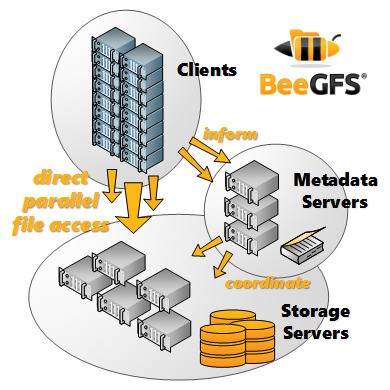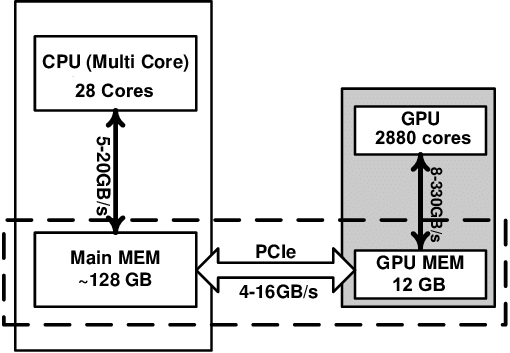Scaling
Contents
Scaling Jobs
HPC by its very nature can use multiple cores and nodes to scale (and speed up a job) by using more processing units. A common task in HPC is measuring the scalability (also referred to as the scaling efficiency) of an application. This measurement indicates how efficient an application is when using increasing numbers of parallel processing elements (CPUs / cores/processes/threads / etc.).
This is an assumption which can be seriously flawed once we understand the nature of the software and hardware combination.
- This page will look more deeply into this area by splitting the potential issues down:
Memory Bandwidth
When running on many cores with memory access there is only a finite bandwidth of memory access (even with modern memory channels), so acceleration even with a node is not linear and with the effect of false caching; performance can be degraded significantly more.
Node Interconnect Bandwith
When using MPI across many nodes remember your program needs to send and receive data across the interconnect (the fast network which connects all the nodes together). Again, it is only a very few programs that can scale to a large number of nodes efficiently. Most programs will have a 'sweet spot' (for example 16 nodes), or they will provide very little improvement (< 1% say) for doubling the amount of computing resource deployed to them. In most cases, this can only be observed through bench-testing and is difficult to theoretically calculate.
- s is the amount of time spent in not parallel tasks which could include data transfers like MPI and disk
Disk I/O Bandwidth
Programs that generate a lot of disk accesses can be magnified when multiple processing cores are being used.
This can be mitigated by using local storage as well.
GPU considerations
GPUs are very good at using the thousands of streaming processors contained within the units, so are ideal for large parallel computations (such as matrix mathematics). However, there is a cost of moving data from the CPU memory to GPU memory which is costly in terms of computation time. So, creating the data on the GPU or using large data sets which offset the transfer cost is preferable in terms of a more efficient resource.
- GPU can provide very fast speed-ups, but beware you may find your codes going slower if the problem isn't properly understood.
Scaling Measurement Guidelines
Further to basic code performance and optimization concerns (ie. the single-thread performance), one should consider the following when timing their application:
- use wallclock time units or equivalent (eg. timesteps completed per second, etc.)
- measure using multiple computer systems (most important ones that have significantly different processor/network balances (ie. CPU speed vs. interconnect speed).
- measure using job sizes that span:
- From 1 to the number of processing elements per node for threaded jobs
- From 1 to the total number of processes requested for MPI
- job size increments should be in power-of-2 or equivalent (cube powers for weak-scaling 3D simulations, for example)
- measure multiple independent runs per job size (average results and remove outliers as appropriate).
- use a problem state or configuration that best matches your intended production runs (scaling should be measured based on the overall performance of the application, no simplified models or preferential configurations).



